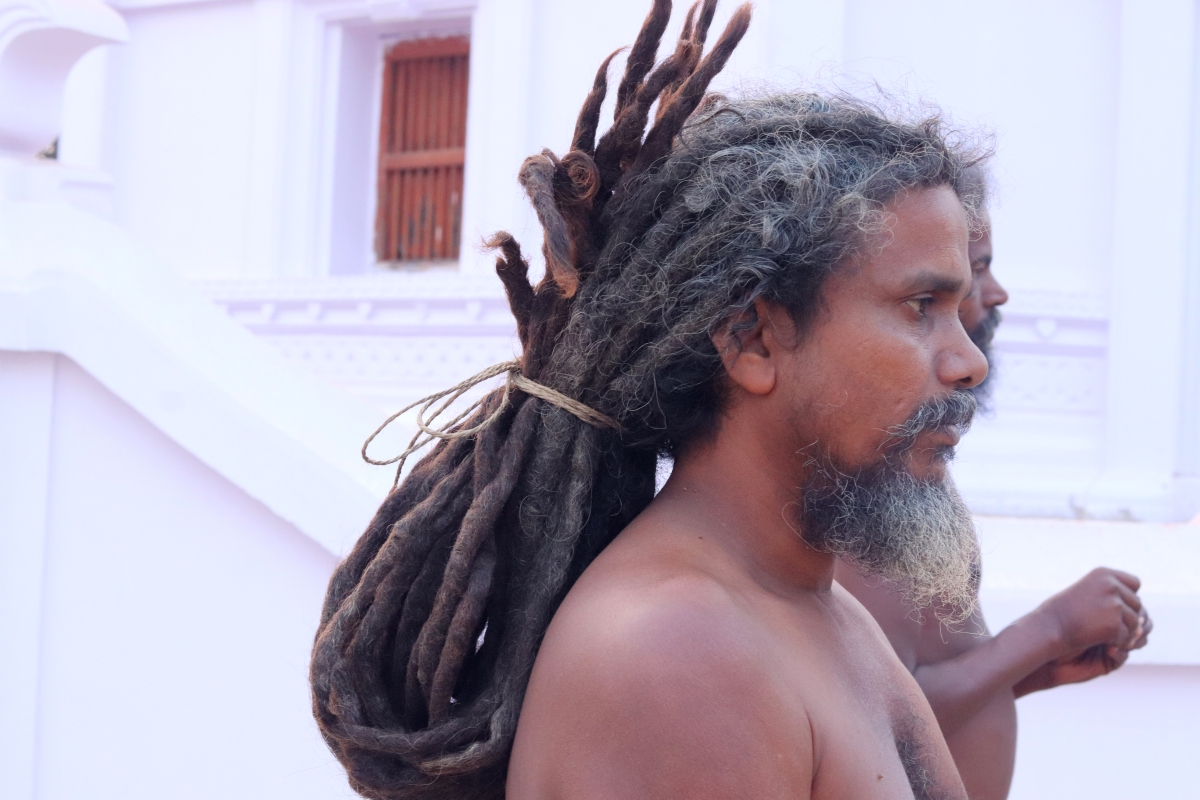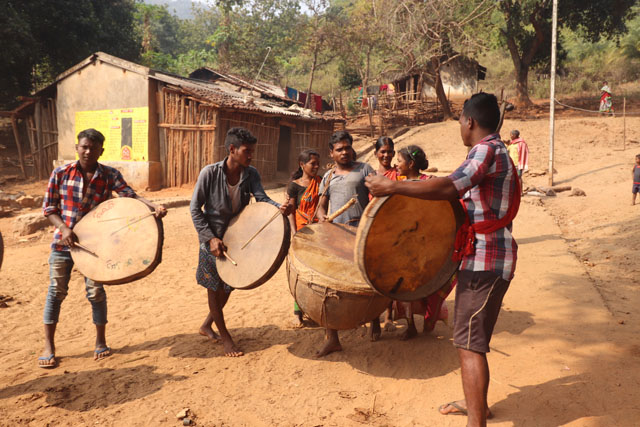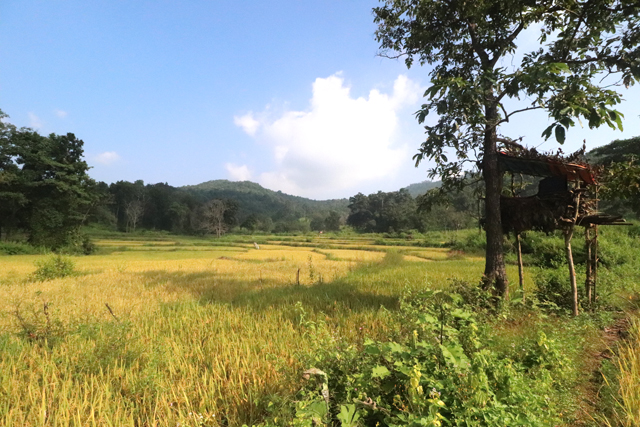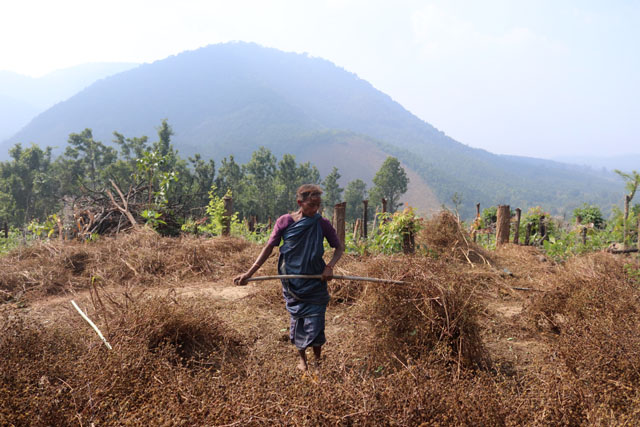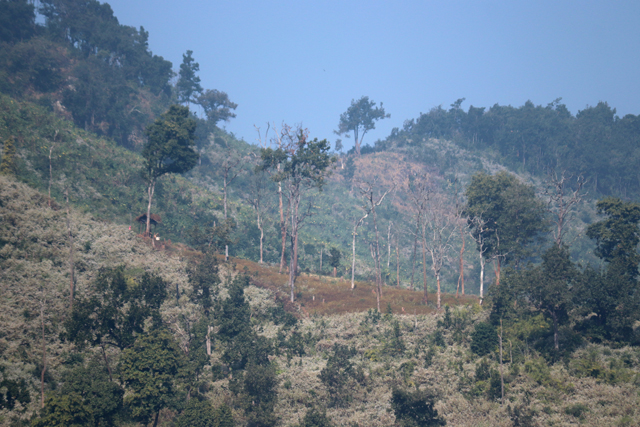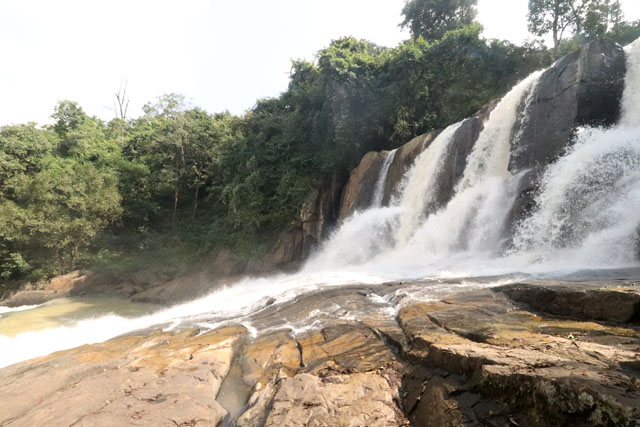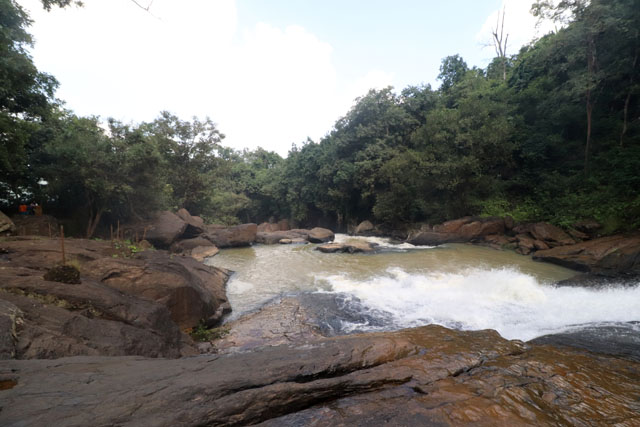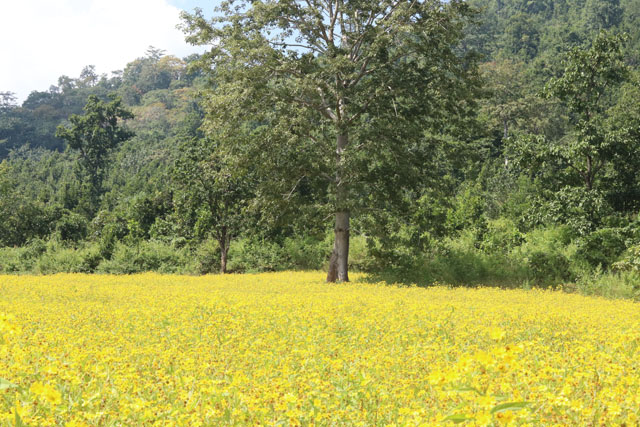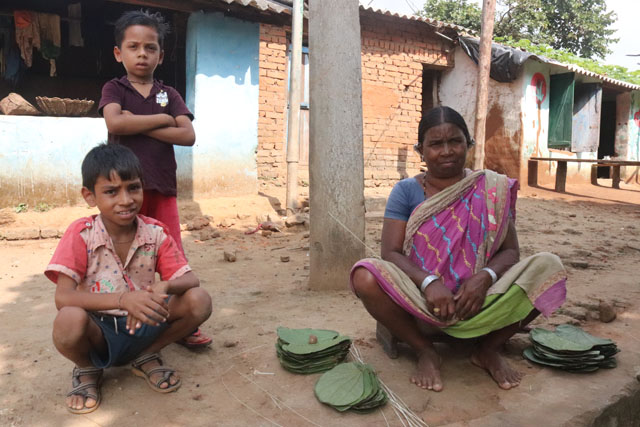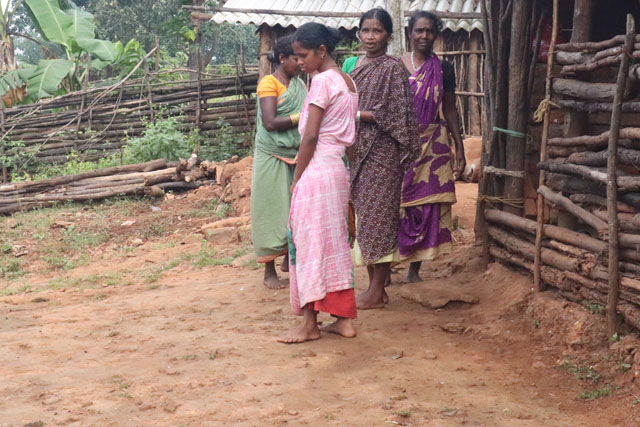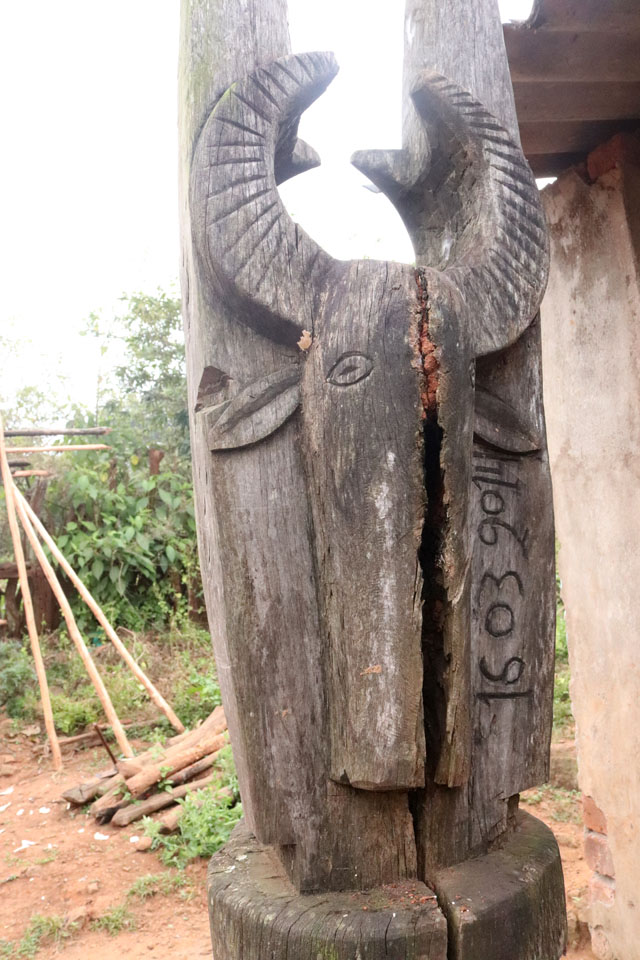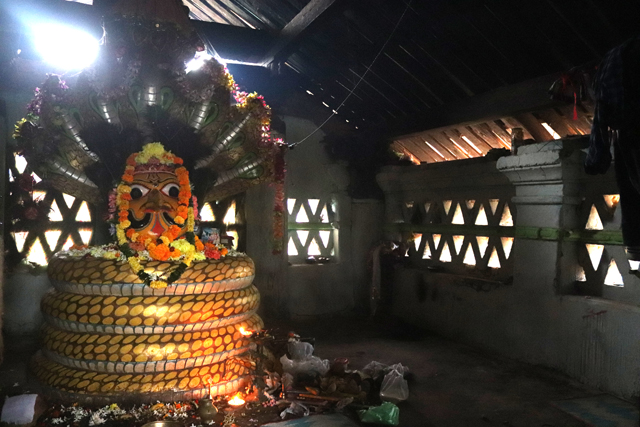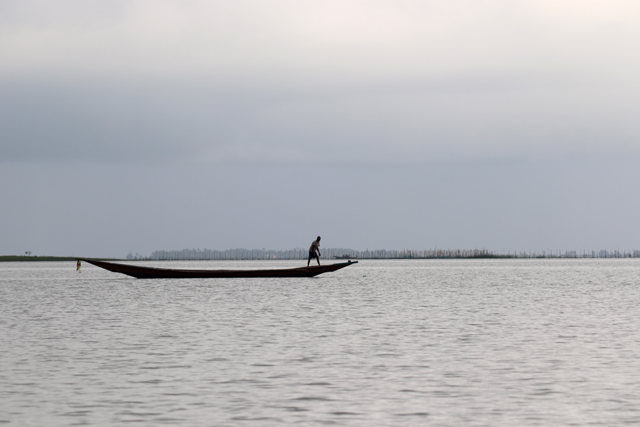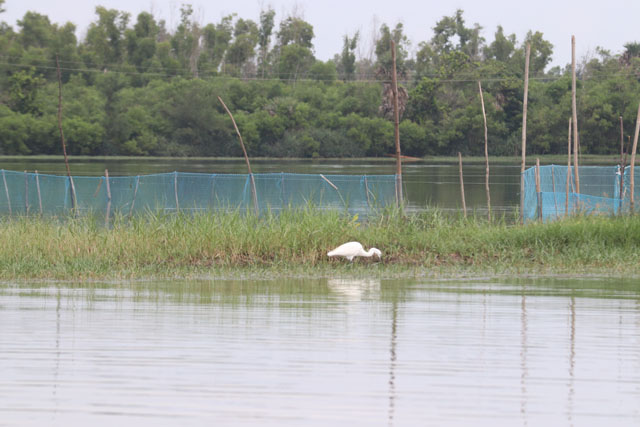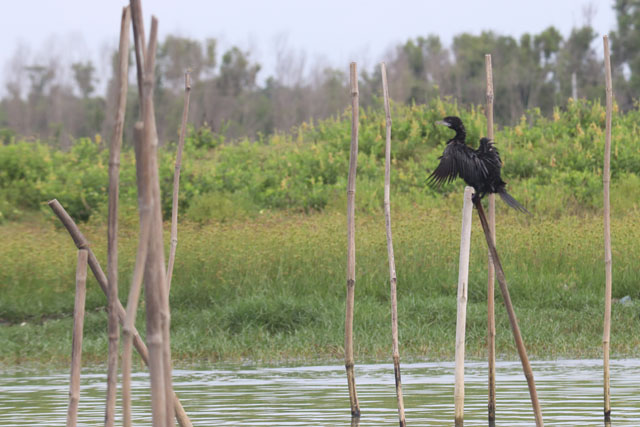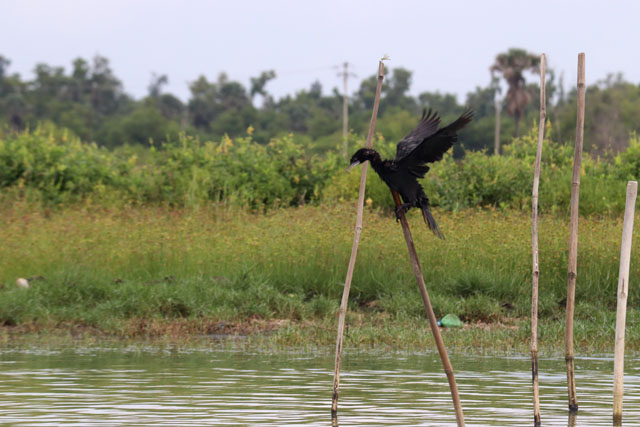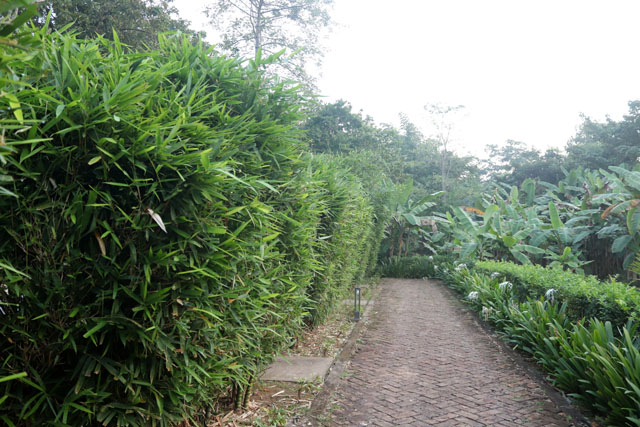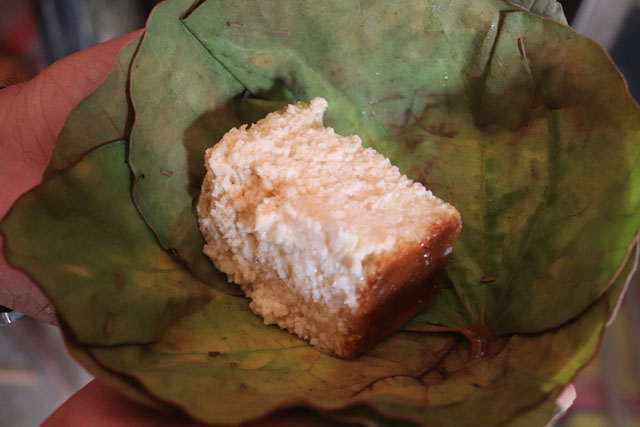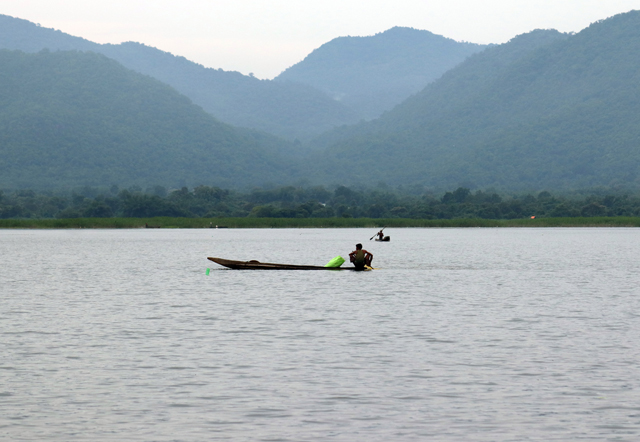2500 years back, a prince from a royal palace of Ancient India left all his luxuries and pleasure of aristocratic life and renounced to seek nirvana. From Prince Siddhartha Goutma he transformed into the Buddha. A new religion was founded by him which had inquiries on the rejection and the exploitation of the lower caste Hindus by the Brahmins and the upper castes. Soon after its establishment, Buddhism became a profound crowd puller. Thousands and thousands of country people adopted Buddhism and contributed to its growth.

In the mid 19th century, yet another renouncer Mahima Gosain appeared in the Grand Road of Puri, the holy dham of Lord Jagannath with similar ideas. Before arriving in Puri he had lived in the Himalayas for years. There is no evidence of what he did in the Himalayas, but in Puri, he propagated the theory of Advaita – Bada which means God is One, there is no more than one God. He founded a new religion, called the Mahima Dharma or Alekha Dharma based on the principles of universal brotherhood, rejection of Hindu rituals and ceremonies and casteless of society.



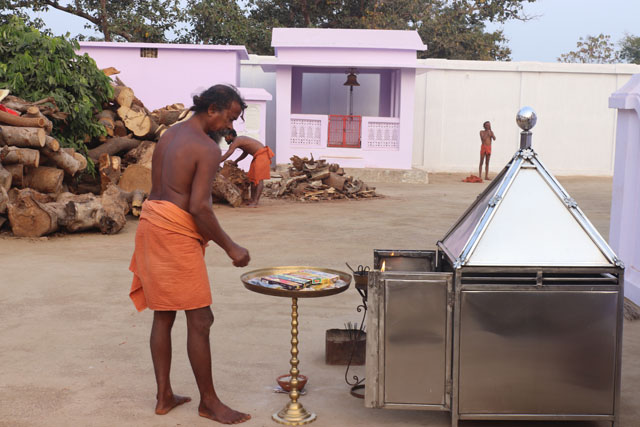

Joranda on the foothills of Kapilash Mountains became the centre of all mahima activities. From here the religion was preached in the regions of Cuttack, Puri, Ganjam, Dhenkanal, Athagarh, Hindol, Sonepur, Boudh, Angul and Sambalpur. He established several centres of Mahima cult known as Mahima Ashram or Alekha Tungi.
Also, Read Here:
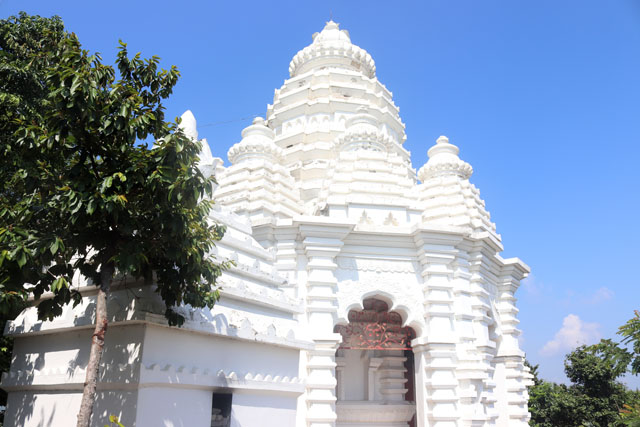








The devotees of Mahima Dharma follow a strict code of conduct. During Brahma Sarana, the devotees dedicate their body and soul to Alekha Param Brahma in body, mind and word. They derive all action from him and remain ever devoted to him. Daily saran and darshan are practised in a pure state of mind during the Brahma Muhurta (the time roughly an hour before sunrise and soon after sunset) after taking bath and making oneself pure in all possible ways. They should shun sex, greed, alcohol and other passions. They should not thieves, should not indulge in sexual intercourse with others’ wives, should not use violence towards animals and they should live in a non-violent way.
Also, Read Here:



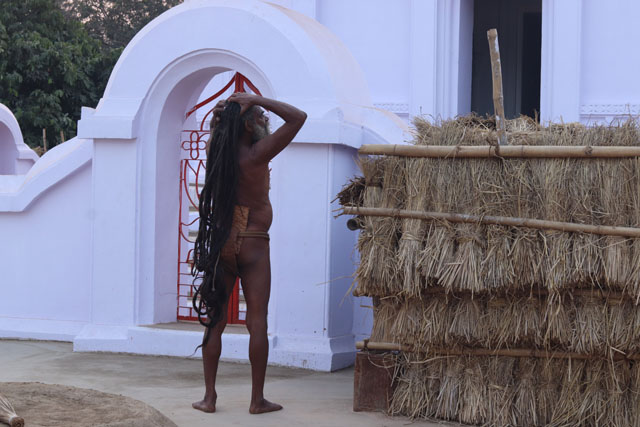



Mahima philosophy is based on the worship of the supreme Brahma who is regarded as Sachitanand, Nirguna, Nirahankara and Niranjana. Brahma is described as invisible, indestructible, eternal and the supreme guardian of their universe. He is known as the Alekha (which cannot be written), Anadi (no beginning), Ananta (no end) and Anakara (no shape). The supreme Brahma of Mahima Cult is omnipotent, omniscient and omnipresent. He cannot be realized by the acts of ordinary souls.
Travel Tips
Joranda is located at a distance of 30 km from Dhenkanal City and 90 km from Bhubaneswar, the nearest airport. Though you can meet the monks of Mahima cult throughout the day in their monasteries, however the time best time would be before the Sunset at Dhuni Temple where they perform the evening ahuti. The other nearby attraction from Joranda is Kapilash Hill and the Kapilash Forest, well-known for the elephants. The Chandrasekhar Temple at Kapilash is a well-known Shiva Temple in Odisha. There are no stay options at Joranda, however, one can stay at Hotel Surya (https://www.facebook.com/suryahoteldkl) in Dhenkanal for the Joranda and Kapilash experiences.





Mahima Cult has its own theory on the creation of the universe. According to Mahima Cult, Alekha Param Brahma emanates in everything of the universe without form. Alekha is himself Vishnu and from him moved Nirakara. When the later begins to appear the former disappears in emptiness. This philosophy further states: ‘Once the universe was residing in the womb of Alekha, who was incomprehensible. Nirakara, after springing from Alekha, created seven oceans and remained in the state of deep sleep. Jyoti (light) originated from the state of sleep of Nirakara. The seven oceans got agitated with the wind raised by Nirakara in his state of sleep. It produced tides and from the tides emerged Kala (time) which was often identified with Kamala (lotus). Greed, attachment, anger, lust and illusion were attributed to this Kala.







Brahma, springing from the lotus set on its thread. He was getting frustrated while attempting to trace his origin at the bottom of the stalk of the lotus. Then he heard a voice from emptiness. The voice ordered him to create the world. Thereafter Brahma created this universe in collaboration with Kala.
To be continued
Author – Jitu Mishra
He can be contacted at jitumisra@gmail.com
